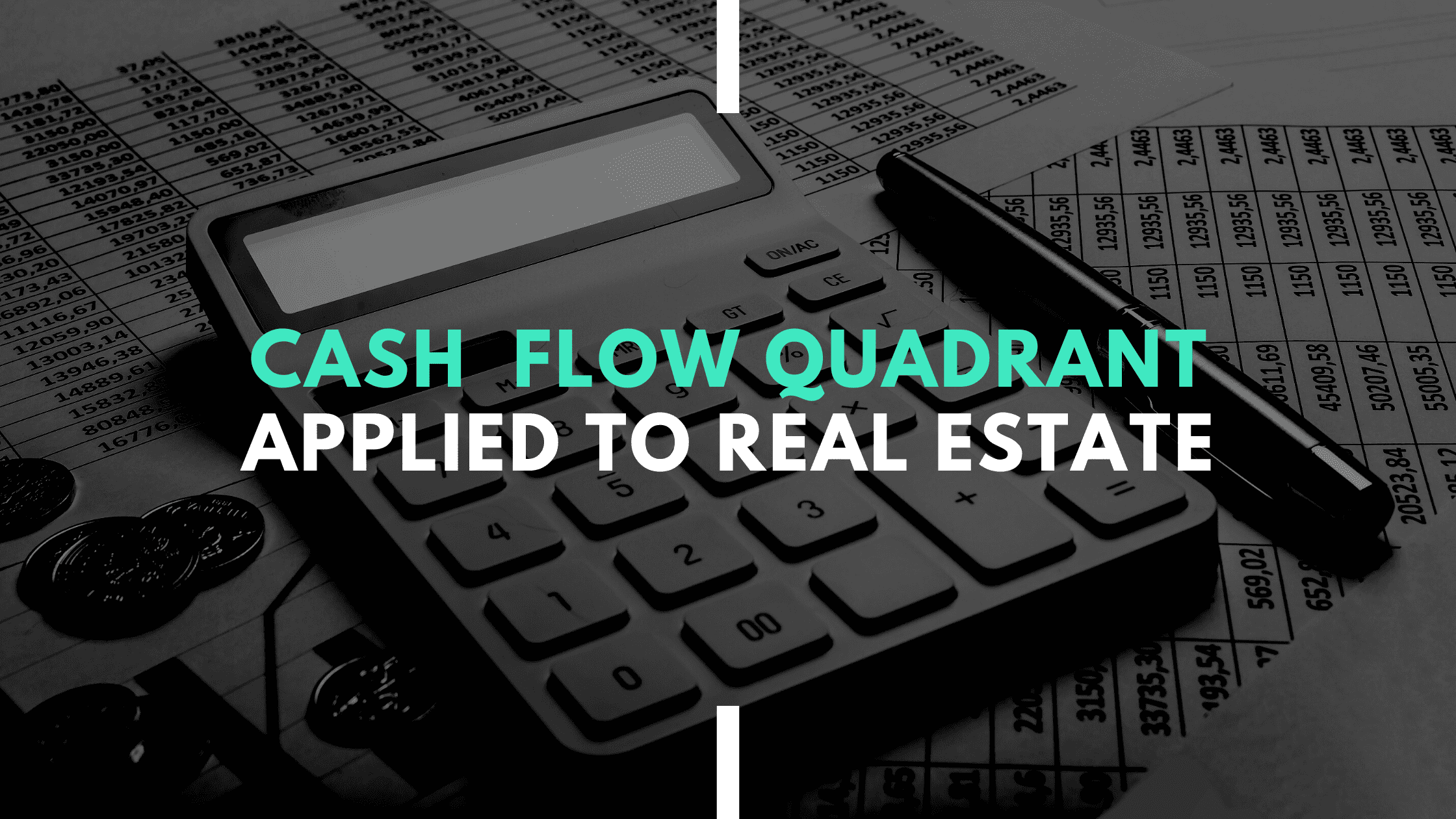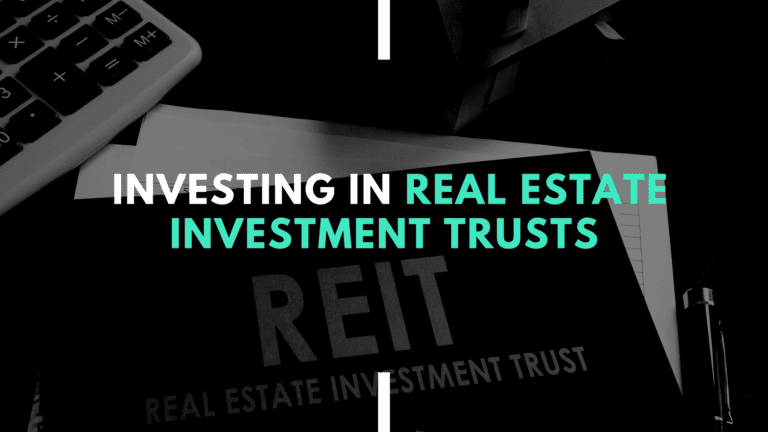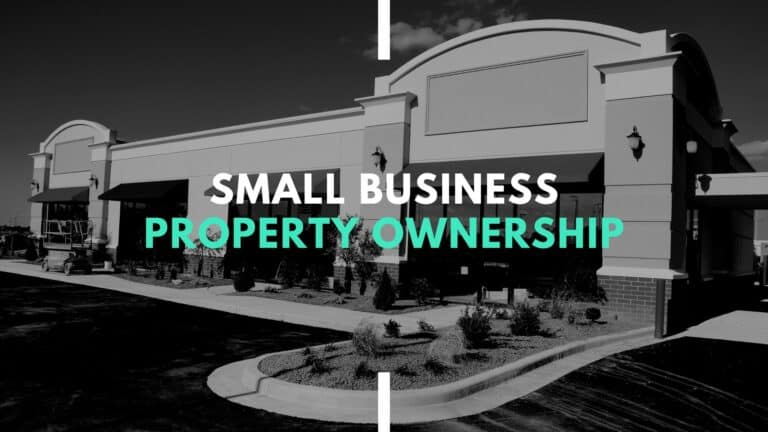Cash Flow Quadrant: Real Estate Edition
The cash flow quadrant is a way of thinking about how you make money. Robert Kiyosaki created it, and it has four sections: employee, self-employed, business owner, and investor. Which quadrant is real estate in? Realistically can be in any quadrant, depending on how you structure your investment. Let’s walk through a few examples.
Quadrant 1: Employed
The first category is the employee. Employees make money by working for someone else. They receive a paycheck and are limited in how much money they can make. They have to ask for a raise, get promoted, or find a new job to make more money.
The only use for quadrant one in real estate is your full-time income to begin an investment career in real estate. This is the easiest way to get started for some because they have a steady income to help mitigate unexpected costs and other risks. Ideally, none of your real estate investing will exist within Quadrant 1.
Quadrant 2: Self Employed
The second category is self-employed. Self-employed people make money by working for themselves. They are their boss, and they have the potential to make more money than employees. The downside is that they also have more expenses and risks. They are responsible for their health insurance, retirement, and other benefits.
In real estate, self-employed people can be landlords, wholesalers, or fix-and-flippers. Landlords make money by renting out properties to tenants. Fix-and-flippers buy properties, renovate them, and then sell them for a profit. Wholesalers make money by getting into contracts and selling the contract for a premium to a third party. All strategies can be profitable and fit into quadrant two. They give you more control over your real estate business but are still tied to the amount of time and energy you can contribute.
Quadrant 3: Business Owner
The third category is the business owner. Business owners make money by owning a business. They have the potential to make more money than self-employed people or employees, but they also have more risk. They are responsible for their employees, and their business can fail.
In real estate, business owners can be developers, builders, or Realtors. Developers create new projects from scratch. Builders purchase land and then build homes or other structures on it. Realtors help people buy and sell properties. All these strategies require more money than the previous two quadrants, but they also have the potential to make more money. Business owners in real estate have more control over their time because they can hire people to work for them.
Quadrant 4: Investor
The fourth category is the investor. Investors make money by investing in assets such as stocks, bonds, real estate, or businesses. They have the potential to make a lot of money, but they also have the potential to lose money.
So, which quadrant is real estate in? Real estate can be in any quadrant, depending on how you structure your investment. For example, if you buy a rental property and become a landlord, you are in the business owner quadrant. If you invest in a REIT, you are in the investor quadrant.
In conclusion, real estate can be in any of the four quadrants, depending on how you structure your investment. There is no right or wrong answer, and it is up to you to decide which quadrant is best for you. Thanks for reading! We hope this was helpful. Please let us know if you have any questions.







